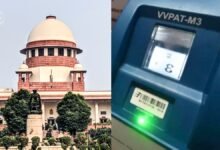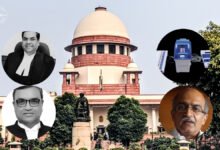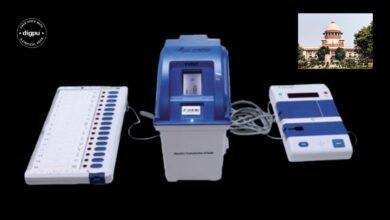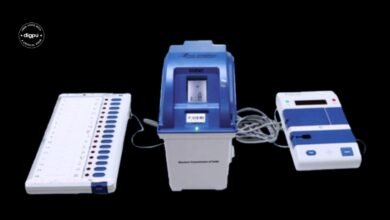EVMs, Their Controversial History and the VVPAT – What Should the World’s Largest Democracy Do?
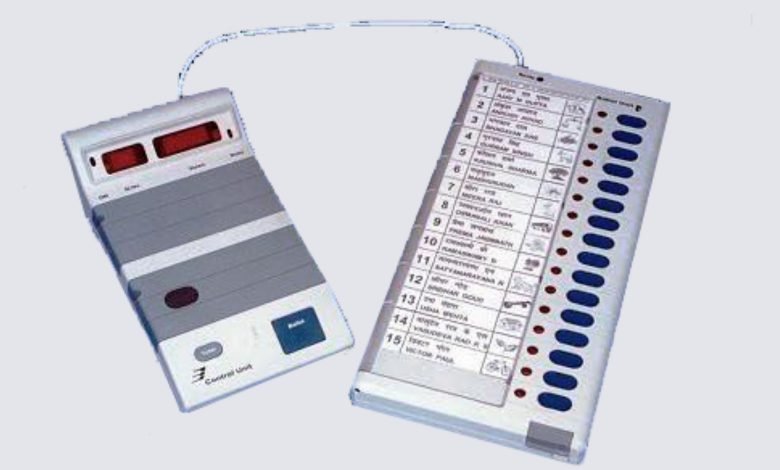
In the meeting of the Technical Expert Committee held on 19.02.2013, the Committee approved the design of VVPAT and also recommended the Commission to take action on amendment of the rules for using VVPAT. The Government of India notified the amended Conduct of Elections Rules, 1961 on 14th August, 2013, enabling the Commission to use VVPAT with EVMs. The Commission used VVPAT with EVMs first time in bye-election from 51-Noksen (ST) Assembly Constituency of Nagaland. Thereafter, VVPATs have been used in selected constituencies in every election to Legislative Assemblies and 8 Parliamentary Constituencies in General Election to the House of the People-2014.
Facts on VVPAT
Voter Verifiable Paper Audit Trail is an independent system attached with the Electronic Voting Machines that allows the voters to verify that their votes are cast as intended. When a vote is cast, a slip is printed on the VVPAT printer containing the serial number, name and symbol of the candidate and remains exposed through a transparent window for 7 seconds. Thereafter, this printed slip automatically gets cut and falls in sealed drop box of the VVPAT. VVPAT consists of a Printer and a VVPAT Status Display Unit (VSDU). However, in M3 VVPAT, there is no VSDU and status of VVPAT display on Control Unit of M3 EVM. VVPAT runs on a power pack (Battery) of 22.5 volts. Control Unit and VSDU are kept with the Presiding Officer/Polling Officer and Balloting Unit and Printer are kept in the voting compartment.
The History of EVMs and Their Use World Over
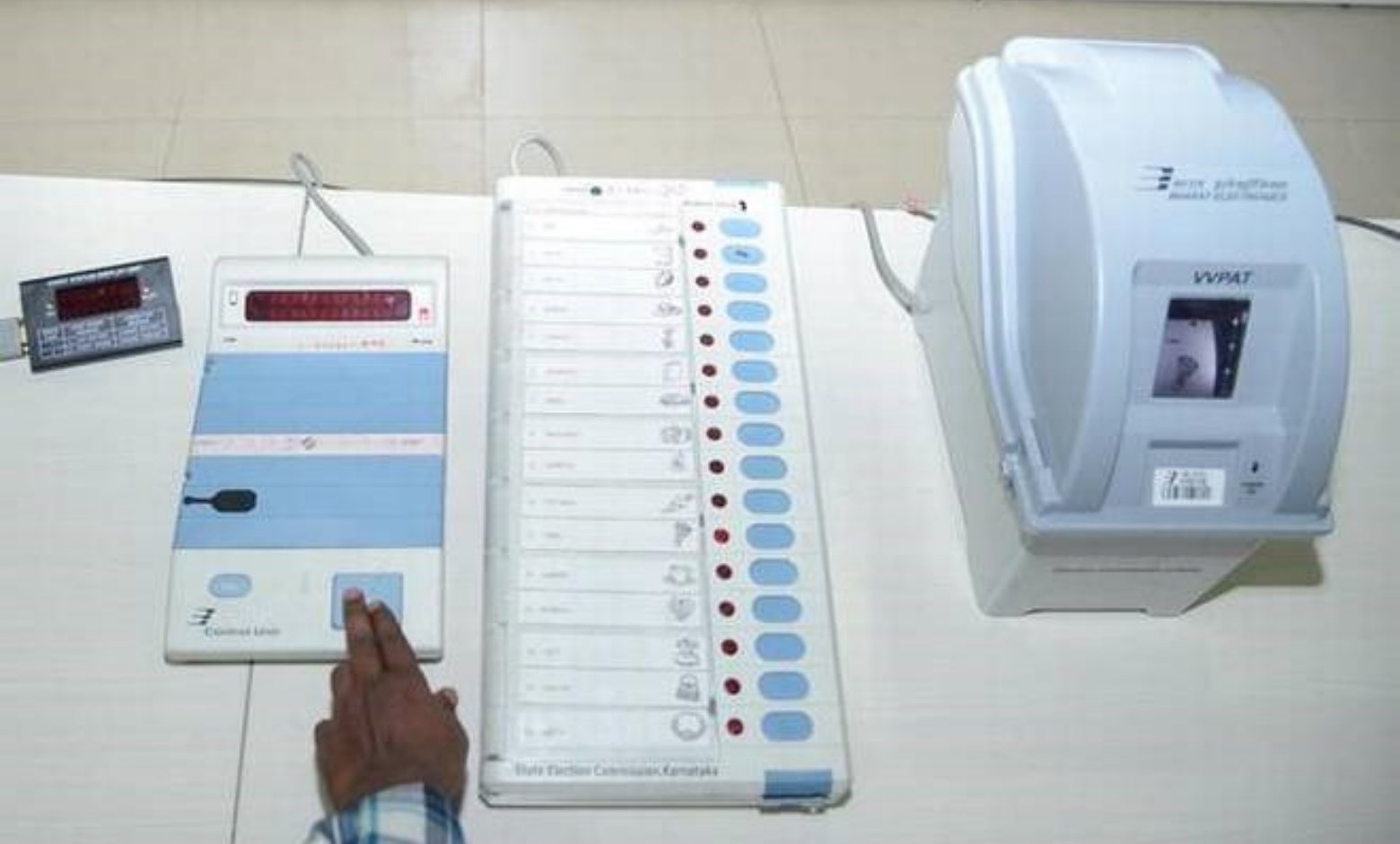
In India, for many years elections have been conducted with the help of ballot papers, but this process was very expensive, slow, opaque and environment unfriendly. So, the Election Commission of India decided to switch to EVM. After this inception, the Electronic Voting Machine (EVM) in India was used in the limited constituencies in the 1999 Lok Sabha elections, whereas after the Lok Sabha Election-2004 the EVM is used thoroughly in the Lok Sabha and State Assembly elections.
It is very interesting to note that different trends are seen in different areas of the world about the use of EVM. At one end some countries of Europe and North America are getting away from the EVM system while some countries of South America and Asia are showing interest in EVMs.
As per an estimate; 31 countries used or studied the EVMs, only 4 used it nationwide, 11 used EVMs in some parts or small elections. There are 5 countries using it on a pilot basis, 3 nations have discontinued it and 11 that used it on a pilot basis decided to stop its use.
Serious doubts about safety, accuracy, reliability, and verification of elections through electronic machines are raised throughout the world. It is not surprising that even some of the major developed countries of the world do not rely on the technology of EVMs. Many countries of the world, including England, France, Germany, the Netherlands and the United States, have banned the use of EVMs. The only form of e-voting in the USA is via email or fax. Technically, the voter is sent a ballot form, they fill it in, return it by email, or fax a digital photo of the ballot with their choice marked.
In October 2006, the Netherlands banned the use of EVMs. In the year 2009, the Republic of Ireland banned its use which was followed by Italy in the same year. In March 2009, the Supreme Court of Germany ruled that voting through EVM was unconstitutional. The Court believed that transparency in elections is the constitutional right of the people, but “efficiency” is not a constitutionally protected value.
This is not the first time that there has been debate over the EVM in the country. Subramanian Swamy had raised this issue in 2009, although he was not with the BJP at that time, and the Congress party was in power at the Centre. Though now Swamiji is calm on this issue while other political parties are demanding the ban of EVM. Veteran BJP leader L.K. Advani had also demanded the reintroduction of ballot papers in elections, beginning with the Maharashtra Assembly elections in October 2009, and three other states later that year. “We should revert to ballot papers unless the Election Commission is able to ensure that Electronic Voting Machines (EVMs) are foolproof and every possibility of their malfunctioning is taken care of,” Advani had told The Sunday Express that time.
